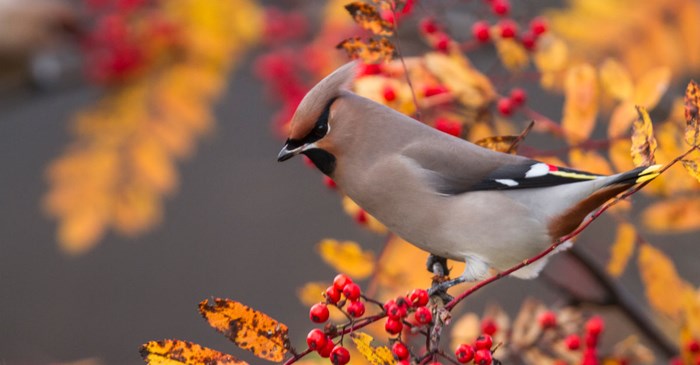If you’re a dedicated birdwatcher, you may be especially looking forward to autumn and the migration of multiple species that occurs each year.
After all, migration patterns offer an excellent opportunity to view traveling birds you may not otherwise get a chance to see.
With that in mind, here are some tips for making the most of autumn bird-watching.
- August through October are peak months for migration, but some species (particularly those that don’t travel as far) don’t start their journeys until December.
- In general, birds prefer to migrate when weather is warmer than usual and free of precipitation, with moderate tailwinds of less than 25 mph (a website known as Hint.fm regularly tracks tailwind speeds for those interested).
- When autumn days turn colder you may see thousands of birds in mid migration concentrated in relatively small geographic areas, waiting for weather conditions to become more favorable before resuming their migration.
- Species can be divided into diurnal migrants that travel during the day and nocturnal migrants that travel during the night. Diurnal migrants tend to need thermal winds to generate lift; accordingly, they often travel along ridges, peninsulas or coastlines.
- Large concentrations of grounded birds known as “fallouts” may occur when rain, fog, or low overcast conditions interrupt their flights. Birds can get stressed or disoriented trying to fly in such conditions.
- When looking for prime sites to watch migrating birds, consider peninsulas that run north to south, since birds will move toward the tip. When resting, they prefer areas that are somewhat isolated from people and buildings, close to open water, and open to the sky.
If you’re a bird lover, now is an ideal time to offer migrating birds easy access to food as they complete their travels. Attract the widest possible variety of species by choosing Lyric premium variety wild bird food mixes that offer all-natural, high-quality nutrition.
